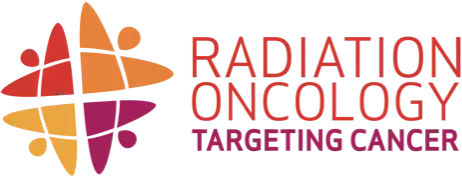Particle Therapy
Particle therapy is a type of external beam radiation therapy that radiation oncologists can use for some cancers.
It is most effective for tumours near the bone and spine. It’s also good for young people as it reduces harm to healthy body parts that are still growing.
Particle therapy uses highly charged particles, which deliver a smaller amount of radiation on their way to the tumour, delivering most of it to the tumour, before stopping almost completely. This is known as the Bragg Peak. The benefit of this is that healthy body parts absorb very little radiation, which reduces side effects.
Forms of Particle Therapy
Proton Therapy
The most common form of particle therapy is proton therapy, which is when the beams of radiation are made up of protons. There are treating facilities in Europe, the USA and Asia.
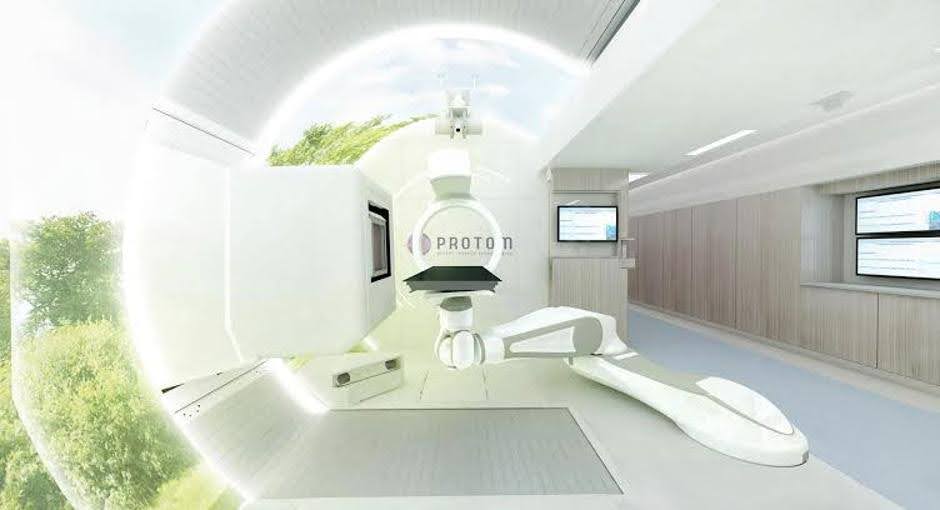
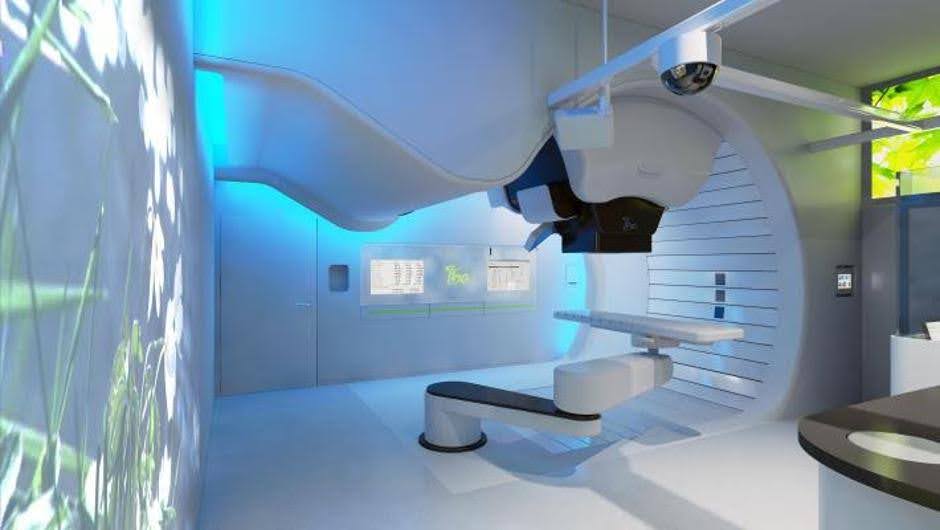

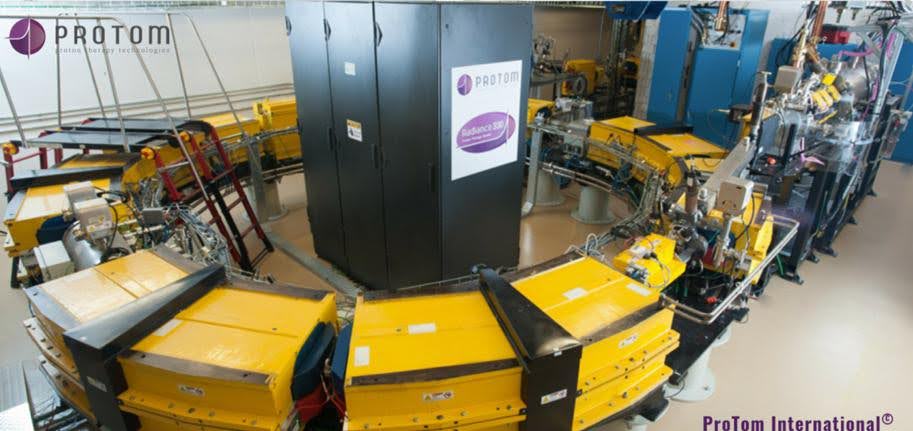
Carbon Ion Therapy
Carbon Ion Therapy is another type of particle therapy that is less common. Currently there are only 13 treatment centres in the world. Carbon Ion Therapy needs larger and more expensive equipment.
Carbon ions give more radiation to the tumour and less to healthy body parts than proton therapy.
Carbon Ion Therapy is helpful for people with tumours that are resistant to other forms of radiation therapy and proton therapy. It is not used for children, who usually respond well to conventional therapy.
How can I access particle therapy treatment?
Particle therapy is not yet available in Australia or New Zealand. The Australian Government provides financial help for Australian citizens or residents to receive treatment overseas when effective treatment is not available in Australia via the Medical Treatment Overseas Program (MTOP). People can access particle therapy treatment through this scheme.
To apply to the MTOP your radiation oncologist needs to provide evidence that treatment with protons would be better than conventional radiation therapy available in Australia. Details for accessing the comparative planning service can be found on the Royal Adelaide Radiation Oncology Department – Comparative Planning Service website.
A similar scheme, called the High-Cost Treatment Pool provides funding for New Zealand citizens.
People who want to apply for the MTOP must have support from their medical team and supply certain information to back up their application.
The Australian Government is building a proton therapy centre in the Adelaide BioMed city.
This facility is called the Australian Bragg Centre and it will be open to patients in 2025.
Children, teenagers and young adults will be a high priority.
What is involved in proton therapy treatment?
People must have a CT scan or an MRI to provide information that radiation oncologists use to plan treatment.
People don’t feel anything during proton therapy, but they must lie very still during treatment. Some people need to wear an immobilisation mask to help them stay in the right spot.
Treatment usually takes 30-45 minutes and young children may need sedation to help them stay still for this long.
The side effects of proton therapy depend on the part of the body being treated, the size of the tumour and the body parts close by. The radiation oncologist talks to each person about possible side effects before treatment.
Watch ‘Curing Cancer with Proton Beams – Dr Suzie Sheehy’ to learn how this treatment works. This video is from the National Proton Therapy Centre and it talks about proton therapy in the UK.
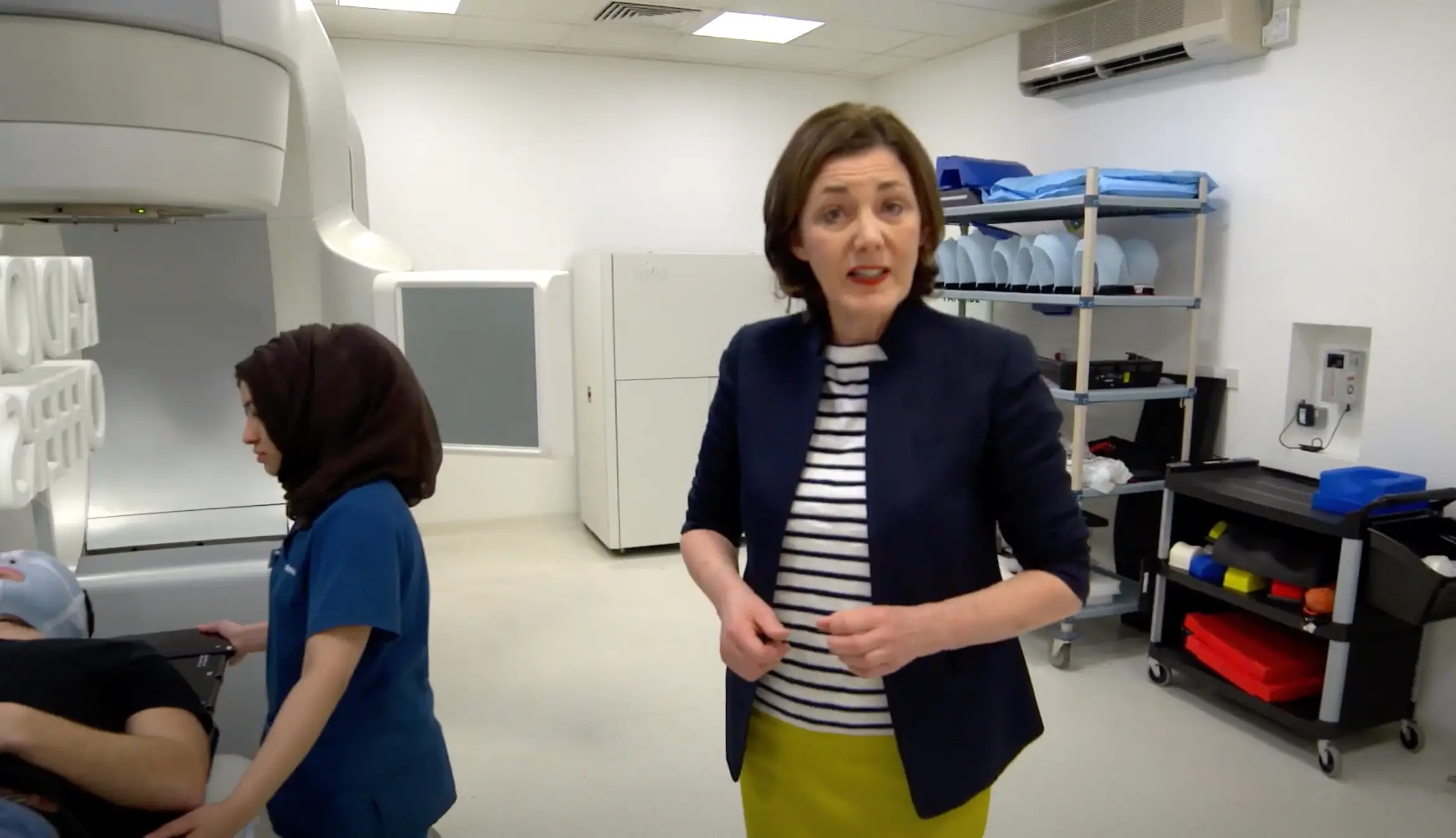
Frequently Asked Questions (FAQs)
Why aren’t all cancers treated with particle therapy?
Conventional radiation therapy is very good for most cancers, while proton therapy is best for people who have a tumour close to important body parts such as the spinal cord. It’s also helpful for young people who are still growing.
The radiation oncologist makes a treatment plan that best suits the needs of each person.
Does particle therapy treatment hurt?
No, it doesn’t hurt. however, some people have short and/or long-term side effects, just like conventional radiation therapy.
Are the side effects the same for both types of radiation therapy?
People usually feel fewer side effects from particle/proton therapy because nearby body parts receive a lower amount of radiation. Side effects vary for each person and depend on which part of the body is treated.
How long after treatment will I be able to see a difference in the tumour size?
This depends on the type of tumour being treated. Your radiation oncologist will talk to you about this.
How soon after treatment can I go back to normal activity?
Most people continue their normal life during treatment. Your treating team will let you know if there are things you shouldn’t do.
Will I have to wear a mask on my face?
People who get treatment in the head or neck must wear an immobilisation mask to help them stay still. If you are worried about this, you can talk to your treatment team who will be able to help.
Can I use cream on my skin during treatment? If so, what is the best kind to use?
Your treatment team will talk to you about the things that can help your skin.
Will I lose my appetite?
Some people feel less hungry or notice a change in taste during treatment. This varies for each person, and you can talk to your treatment team for help.
What is the treatment room like?
The treatment room is spacious and open. The bed that you lie on is in the middle of the room and is called the treatment couch. Sometimes the couch moves slowly while you lie on it, to put you in the right spot for treatment.
Some machines have a treatment head that looks like it is attached to the wall. It moves around to treat you from different angles while you lie still on a couch that does not move.
The treatment room may feel a little cool and you can use a blanket if you like.
Is it loud during the treatment?
You might hear a buzzing sound during treatment, and you can listen to music if you like.
How long does each treatment take to complete?
Each treatment takes 30- 45 minutes. You will get treatment daily from Monday-Friday, most people have around 20 sessions.
Is proton therapy the best form of radiation for my cancer?
Proton therapy can be better than conventional radiation therapy for some people. However not all people will benefit. Your radiation oncologist will talk to you about the treatment that will work best for you.
Can proton therapy be used with other forms of treatment?
Yes. Proton therapy can be used with treatment such as chemotherapy, immunotherapy and surgery. A multidisciplinary team of different specialist doctors will make a treatment program that is best for you.
- Benefits and Effectiveness
- Treatment Process
- Radiation Oncology Team
- Potential Side Effects
- Indigenous and Maori Care
- Frequently Asked Questions
- Other Useful Resources
- External Beam Radiation Therapy (EBRT)
- Brachytherapy
- Stereotactic Radiosurgery (SRS)
- Stereotactic Ablative Radiotherapy (SABR)
- Superficial Radiation Therapy (SXRT)
- Particle Therapy
- Benefits and Effectiveness
- Treatment Process
- Radiation Oncology Team
- Potential Side Effects
- Indigenous and Maori Care
- Frequently Asked Questions
- Other Useful Resources
- External Beam Radiation Therapy (EBRT)
- Brachytherapy
- Stereotactic Radiosurgery (SRS)
- Stereotactic Ablative Radiotherapy (SABR)
- Superficial Radiation Therapy (SXRT)
- Particle Therapy
Radiation Oncologist
The best person to talk to is a radiation oncologist. You can ask your doctor for a referral to find out if radiation treatment is right for you.
GPs and Health Professionals
Information for any health professional involved in a patient's cancer care with a particular focus on primary care providers.
Talking to Your Doctor
Your GP or other doctors in the cancer team can organise a referral to a radiation oncologist.
Treatment Centres
Search and find your closest Radiation Oncology Treatment Centre.
